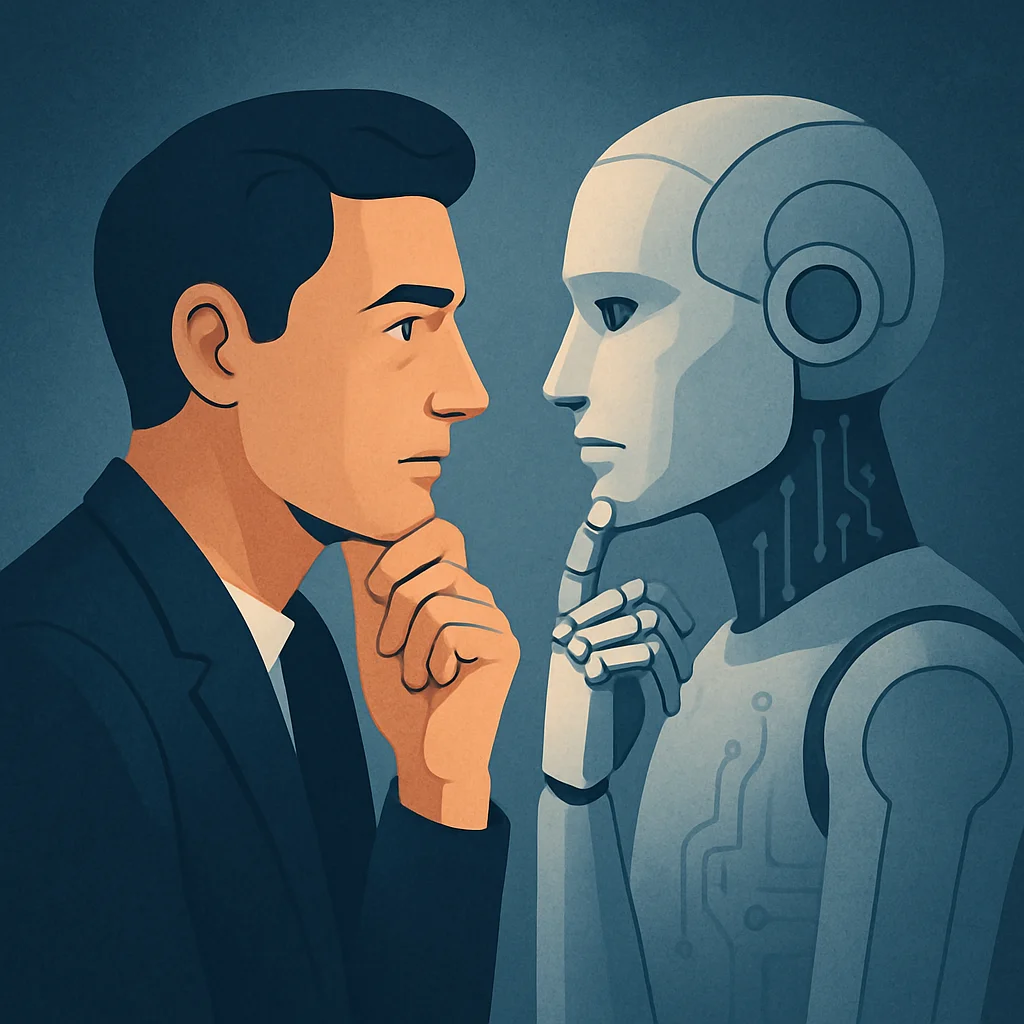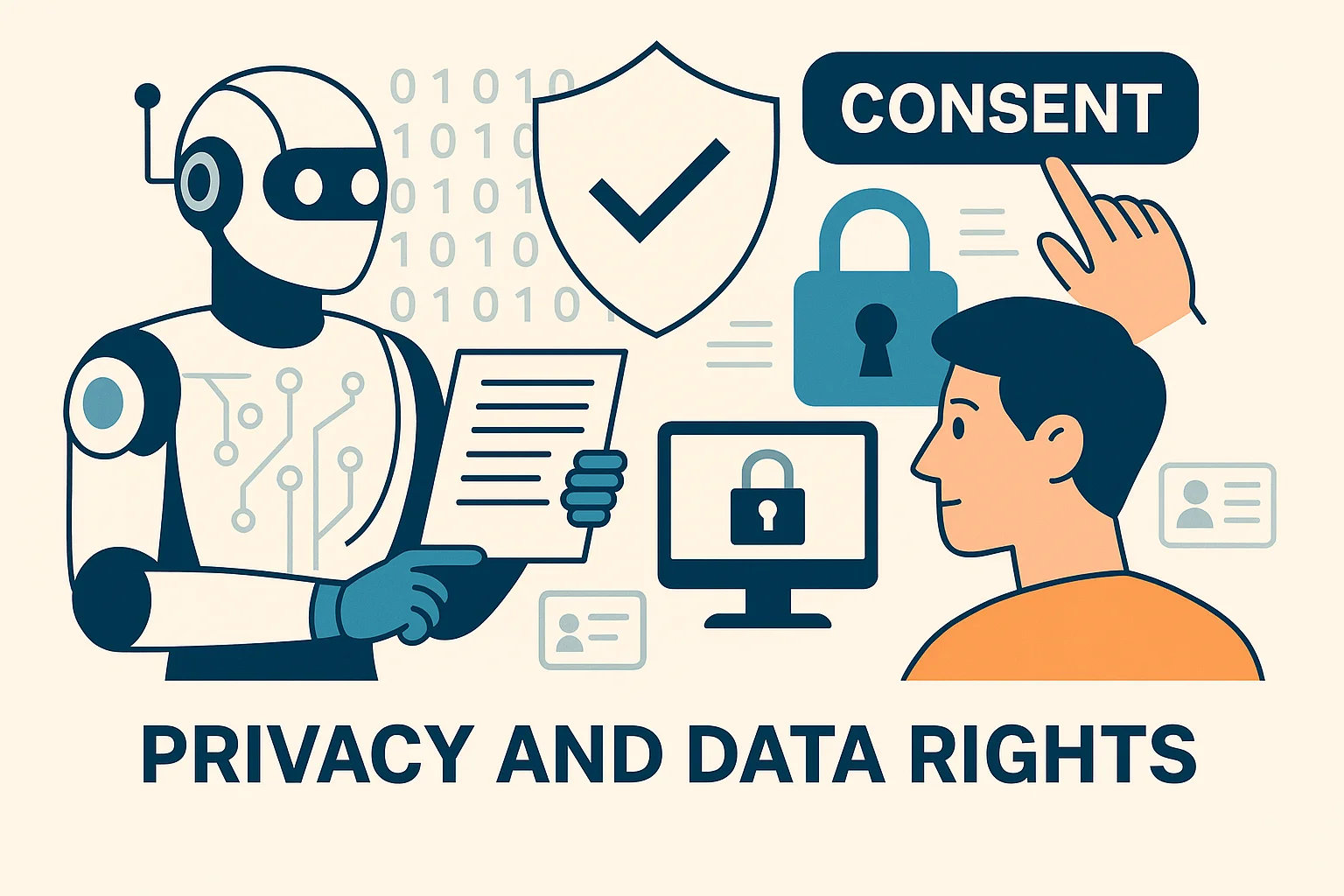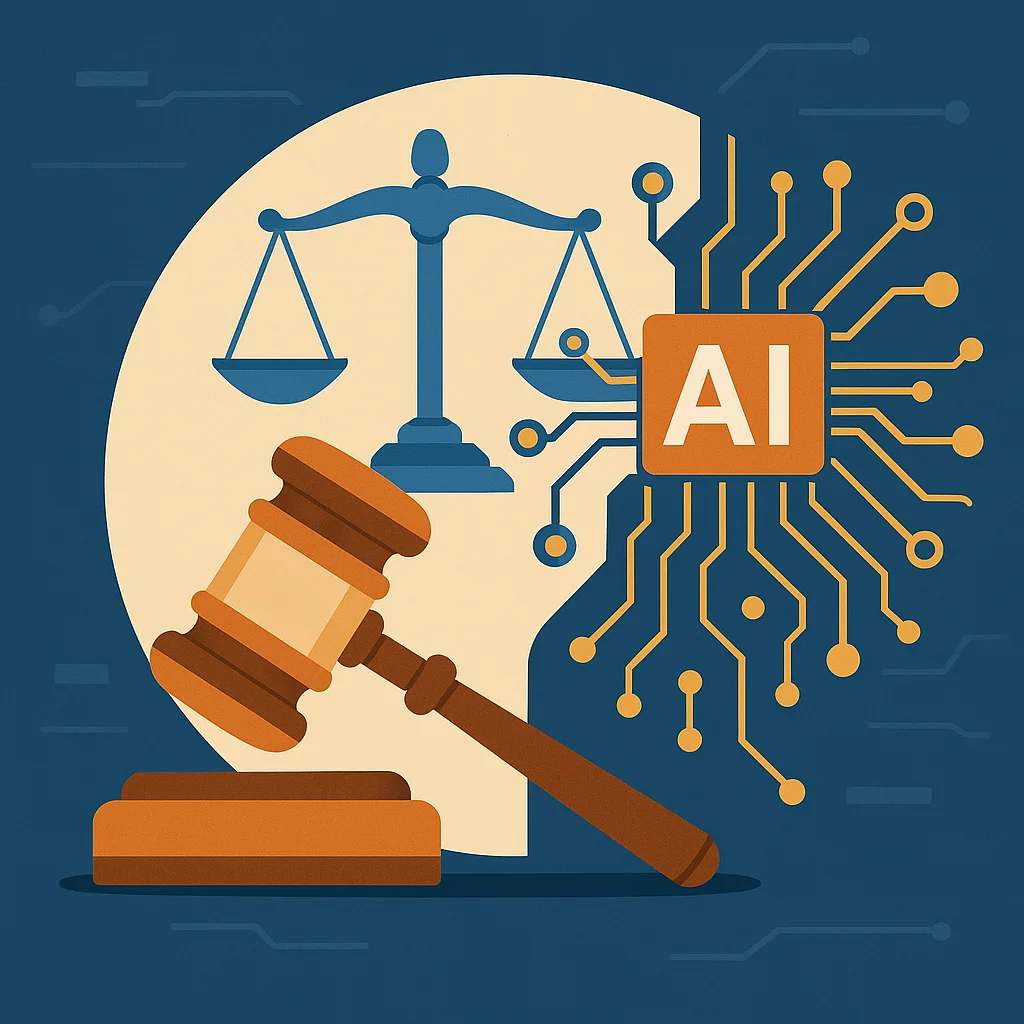Ethical Considerations in AI

Introduction
Artificial Intelligence is reshaping how we work, communicate, shop, travel, and even make medical decisions. But as AI systems grow more powerful, their impact also becomes more profound — and potentially more dangerous. That’s why ethics is no longer a side conversation in the AI world; it’s a central issue.
AI ethics refers to the principles and values that should guide the design, development, deployment, and oversight of AI systems. These principles help answer critical questions:
- Who is responsible when an algorithm discriminates?
- Should AI-generated content be labeled as such?
- How much control should governments have over private AI companies?
- Should we build machines that mimic human emotion?
While AI holds great promise, it also poses risks — many of which are difficult to predict or fully understand. Ethical AI is about reducing harm, promoting fairness, preserving human rights, and ensuring that innovation serves everyone — not just a powerful few.
Bias and Fairness
Perhaps the most visible ethical issue in AI is bias. Machine learning models are trained on data — and if that data reflects societal inequalities, historical discrimination, or sampling errors, the AI will absorb and reproduce those same patterns.
🔍 Real-World Examples:
- Facial recognition systems have shown higher error rates for people with darker skin tones, leading to false arrests and misidentification.
- Hiring algorithms trained on historical data have favored male candidates for technical roles because past hiring practices were biased.
- Healthcare algorithms have under-prioritized treatment for Black patients because cost-based proxies for health needs underestimated illness severity in underserved populations.
Bias can arise at multiple stages:
- Data collection: Skewed demographics or labeling errors.
- Feature selection: Choosing the wrong variables (e.g., using zip code as a proxy for race).
- Model architecture: Some models are more sensitive to minority patterns than others.
- Evaluation metrics: Focusing solely on accuracy can hide disparities across subgroups.
Fairness isn’t one-size-fits-all. Definitions vary by context:
- Demographic parity: Equal outcomes across groups.
- Equal opportunity: Equal true positive rates.
- Individual fairness: Similar inputs yield similar outputs.
Solving bias requires thoughtful design choices, transparency, and continuous auditing. Many researchers are calling for bias impact statements — similar to environmental assessments — before deploying large AI systems.
Transparency and Explainability
Modern AI models — especially deep learning systems — often behave like “black boxes.” They generate outputs that even their own creators don’t fully understand. This lack of transparency poses ethical and practical problems, especially in high-stakes settings like healthcare, law enforcement, and lending.
Why Transparency Matters:
- Trust: Users are more likely to trust systems they can understand.
- Accountability: If something goes wrong, we need to know why.
- Compliance: Regulations like GDPR include a “right to explanation” for automated decisions.
Explainability vs. Interpretability:
Interpretability means understanding how inputs affect outputs in a model (e.g., in a decision tree).
Explainability refers to techniques used to make complex models understandable (e.g., SHAP valuesSHAP values, LIME).
These tools help humans interpret model behavior — for example:
- Why did the system deny this loan?
- What features were most important in this diagnosis?
Still, explanations can be misleading if not grounded in true causality. Some critics argue that many current “explainability” tools merely offer approximate justifications rather than real transparency.
There’s a growing push for interpretable-by-design models, especially in public-sector applications where accountability is critical. In some domains, simpler but more explainable models may be ethically preferable to more accurate black-box ones.
Privacy and Data Rights

AI thrives on data — massive, often personal, datasets that fuel everything from recommendation engines to medical diagnostics. But with great data comes great responsibility. One of the most critical ethical concerns in AI today is how data is collected, stored, used, and shared.
Key Privacy Risks in AI:
- Surveillance: Governments and companies increasingly use AI-powered surveillance systems — facial recognition, behavior tracking, even emotion detection. These tools risk infringing on individual privacy and civil liberties, especially when used without consent or oversight.
- Data exploitation: Users may unknowingly “consent” to terms that allow companies to harvest personal data for model training — often in ways they didn’t anticipate.
- Sensitive information leakage: Some AI models, particularly large language models, can regurgitate sensitive training data, including addresses, credit card numbers, or medical history.
- Cross-context usage: Data collected in one context (e.g., health tracking) might be used in another (e.g., targeted advertising) without meaningful user control.
The Right to Privacy in the AI Age
Ethical AI systems should be designed with privacy by default — minimizing data collection, anonymizing personal information, and giving users clear, enforceable control over their data.
Frameworks like the GDPR (General Data Protection Regulation) in the EU and CCPA (California Consumer Privacy Act) in the U.S. have begun to address these challenges. They include:
- The right to access your data
- The right to be forgotten
- Restrictions on automated decision-making
But enforcement is uneven, and laws often lag behind technical innovation. The push toward federated learning and differential privacy is one way researchers are addressing these risks while still enabling useful AI development.
Accountability and Regulation

When AI systems go wrong — as they inevitably do — who’s to blame? Unlike traditional software bugs, AI failures may arise from complex interactions between data, design decisions, and user behavior. This makes accountability one of the trickiest (and most urgent) ethical challenges.
Common Accountability Gaps:
- Opacity: When an AI decision can’t be explained, it’s hard to assign fault or correct the issue.
- Distributed responsibility: Developers, model trainers, data providers, platform hosts — all share partial responsibility.
- Legal gray zones: Most laws were written for human actors, not autonomous systems.
This has led to several high-profile failures:
- AI-assisted parole tools found to reinforce racial bias
- Self-driving cars involved in fatal accidents with unclear liability
- AI-generated misinformation spreading across social platforms
The Role of Regulation
Ethical AI requires legal guardrails. Governments and institutions around the world are now moving to implement these:
- EU AI Act: A sweeping regulation that categorizes AI by risk level and places strong requirements on high-risk systems (e.g., biometric surveillance, critical infrastructure).
- U.S. Blueprint for an AI Bill of Rights: A set of non-binding principles covering privacy, algorithmic discrimination, and explainability.
- Canada’s AIDA (Artificial Intelligence and Data Act): A framework under review aiming to ensure AI is developed and deployed safely and responsibly.
But regulation alone isn’t enough. Ethical practices must also be built into corporate cultures, academic standards, and international agreements. That includes:
- Internal ethics boards
- Independent audits
- Red teaming (stress-testing models for harm)
- Ethics-by-design principles baked into the development pipeline
Conclusion
The ethical questions surrounding artificial intelligence aren’t theoretical — they’re immediate, practical, and deeply human. As AI increasingly influences hiring decisions, legal rulings, access to healthcare, and public safety, the need for responsible development is more urgent than ever.
Building ethical AI doesn’t mean slowing progress — it means guiding it wisely. It means:
- Acknowledging bias and actively mitigating it
- Designing systems that are transparent and understandable
- Respecting privacy and data autonomy
- Assigning clear accountability when harm occurs
- Developing laws and norms that evolve alongside the technology
Most importantly, ethical AI demands diverse voices at the table — ethicists, social scientists, affected communities — not just engineers and executives. Because the future of AI isn’t just about what we can build. It’s about what we choose to build — and who we build it for.